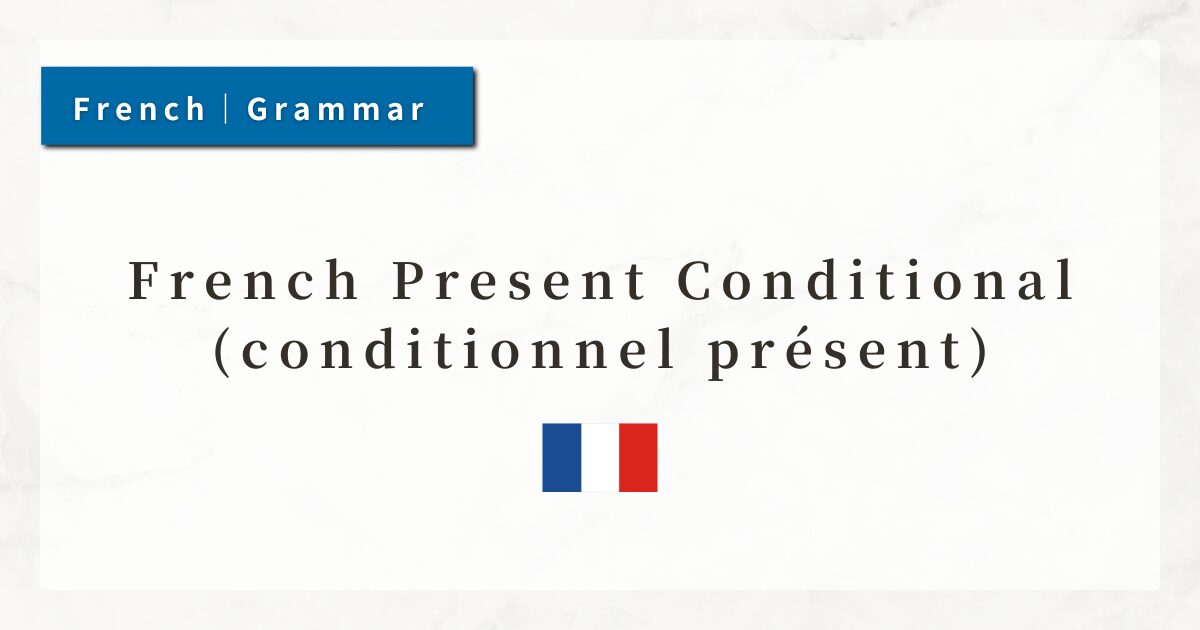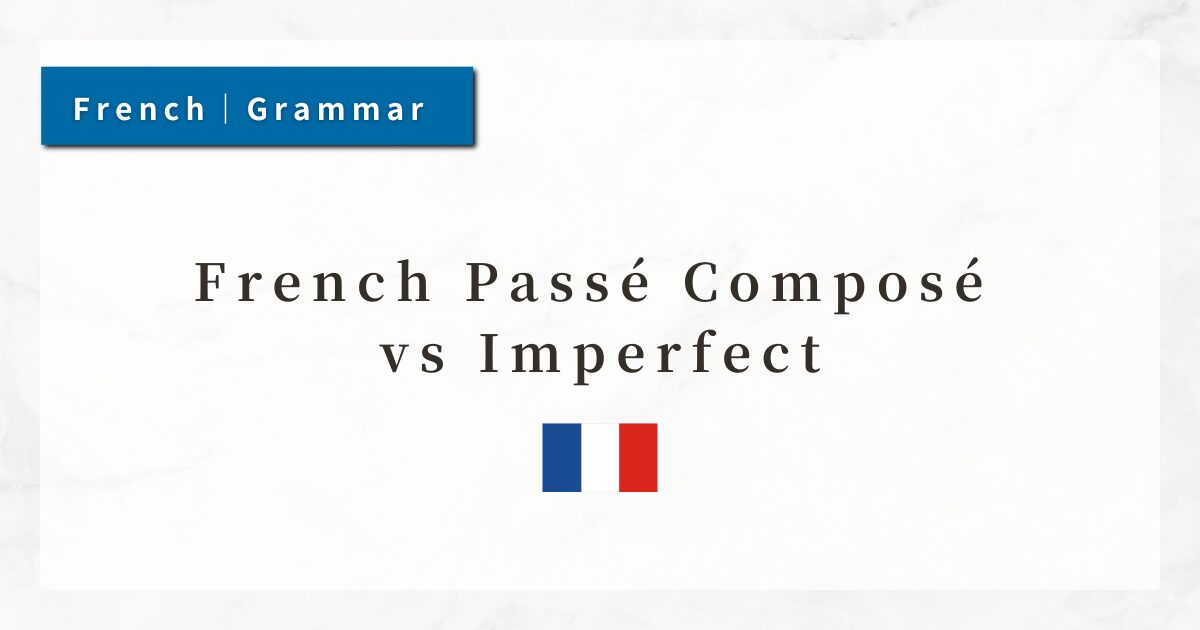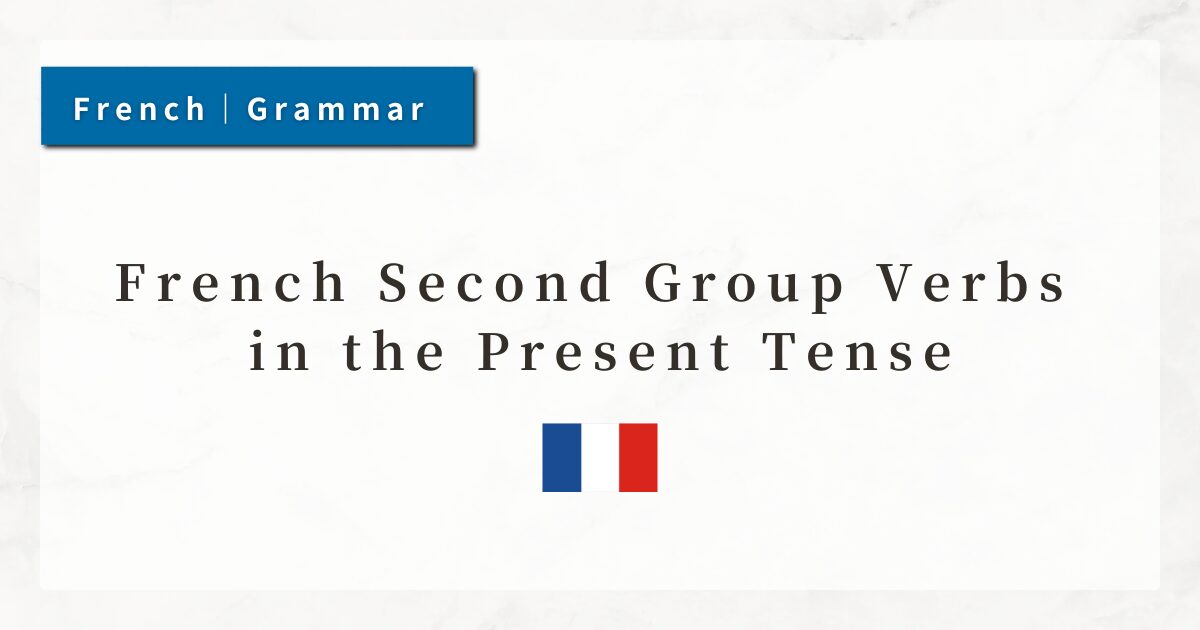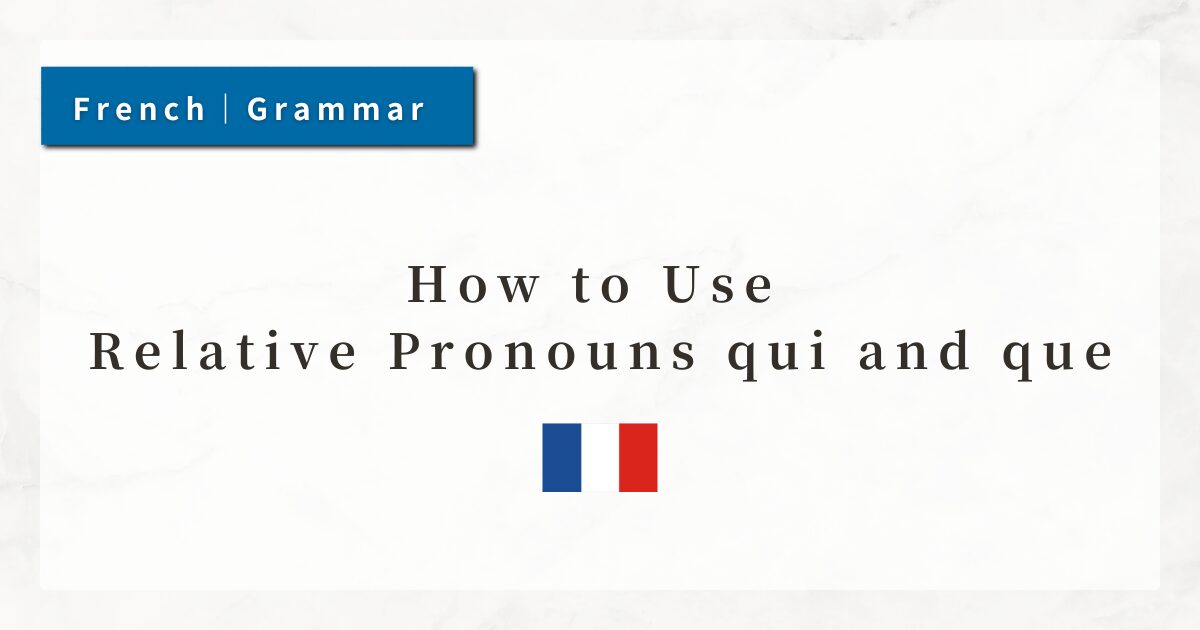How to Use the Pluperfect (Plus-que-parfait) | Rules and Usage
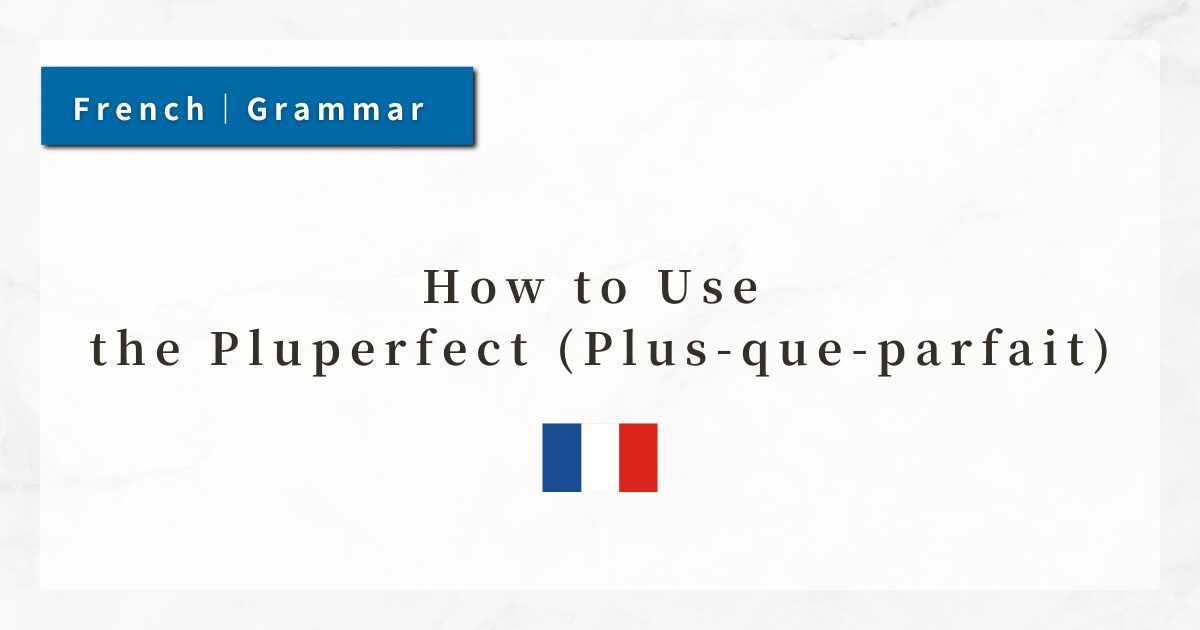
The French plus-que-parfait is used to describe an action that took place before another event in the past.
In this lesson, I will explain how to form and use the plus-que-parfait so that you can express sequences of past events with clarity.
1. What Is the Plus-que-parfait?
The plus-que-parfait is a past tense used to indicate that something had already happened before another event in the past.
It is typically used in the following contexts:
- To describe a background event that occurred before another past action
- To make the sequence of actions clear: “after doing X, Y happened” / “before doing Y, X had already happened”
- To indicate an action that had already been completed in recollection or narration
Example:
- Quand je suis arrivé, il avait déjà fini son travail.
(When I arrived, he had already finished his work.)
Here, the action “finished his work” occurred before the past event “arrived,” and is therefore expressed in the plus-que-parfait.
2. Structure of the Plus-que-parfait
The pluperfect is formed with:
imperfect tense of avoir / être + past participle.
- avoir is used with the majority of verbs
- être is used mainly with verbs of movement and reflexive verbs (e.g., arriver, aller, venir, partir, se lever)
With être, the past participle must agree in gender and number with the subject
Conjugation of avoir and être in the imperfect
| Subject | avoir (imperfect) | être (imperfect) |
|---|---|---|
| je | avais | étais |
| tu | avais | étais |
| il / elle / on | avait | était |
| nous | avions | étions |
| vous | aviez | étiez |
| ils / elles | avaient | étaient |
To form the pluperfect, combine these forms with the past participle of the main verb.
With avoir, past participles usually do not agree. However, if a direct object precedes the verb, agreement occurs (exception rule).
3. The Pluperfect Requires “Two Past Events”
The pluperfect is only used when there are two past actions:
- The reference past event (expressed in passé composé or imparfait)
- An earlier event that had already taken place (expressed in the pluperfect)
In other words, the plus-que-parfait clarifies the chronological relationship between past events.
Examples:
- Quand je suis arrivé, il a fermé la porte.
(When I arrived, he closed the door.)
→ Both events happened nearly simultaneously → both in passé composé - Quand je suis arrivé, il avait déjà fermé la porte.
(When I arrived, he had already closed the door.)
→ The door was closed before I arrived → use of the plus-que-parfait.
4. Expressing Background, Context, or Cause
In narration or conversation, the plus-que-parfait is not only used for sequencing actions but also to provide background, context, or reasons.
- J’avais oublié mon parapluie, alors j’ai été mouillé.
(I had forgotten my umbrella, so I got wet.)
Here, “forgot” happened before “got wet,” so the reason is expressed in the plus-que-parfait.
- Elle était déjà partie quand nous sommes arrivés.
(She had already left when we arrived.)
In terms of sequence: “she left” → “we arrived.” The departure is background/context and is expressed in the plus-que-parfait.
5. Common Expressions That Indicate the Plus-que-parfait
The plus-que-parfait often appears with certain time expressions or conjunctions:
| Expression | Meaning | Relation to Plus-que-parfait |
|---|---|---|
| quand | when | establishes a reference point (the following verb often in passé composé) |
| avant que | before | often followed by a plus-que-parfait clause (subordinate verb in subjunctive) |
| déjà | already | emphasizes completion before another past event |
| parce que | because | shows causal relationship between events |
Examples:
- Quand il est arrivé, j’avais déjà fermé la porte.
(When he arrived, I had already closed the door.) - Il était parti quand j’ai téléphoné.
(He had left when I called.)
6. Summary
- The plus-que-parfait expresses an action that occurred before another past action.
- It is formed with avoir/être in the imperfect + past participle.
- Être is used with verbs of movement and reflexive verbs; agreement with gender/number is required.
- Often used with expressions such as déjà, quand, avant que.
- Understanding how it relates to other past tenses (passé composé, imparfait) is key to mastering French past narration.


